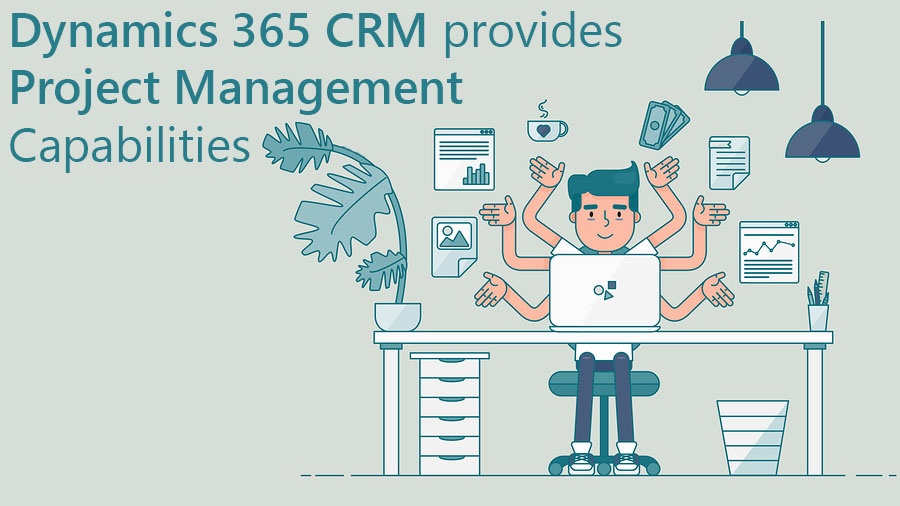
Just ‘how’ does a CRM platform become a project management system? For one thing, and with Microsoft Dynamics 365 CRM, a single, database management system integrated with Office 365, Outlook and Excel, the process is a function of filtering the company’s inbound CRM information. Generally, the data from customer calls into the company, website visits or social media engagement can be analyzed and made available to team members assigned to the project.
More than just software to track project timelines
Dynamics 365 CRM allows budgets to be drawn up, lending accountability among team members: At any time during the project, decision-makers can see in ‘real-time’ projected expenses, right down to the time-spent by each team member—and how their billing is affecting the project’s budget.
By utilizing the PM module in Dynamics 365 CRM, small to medium-size companies are paying only for functions they need, instead of investing in stand-alone software with features that may go unused.
As Techcrunch points out, Dynamics 365 relies on AI (artificial intelligence) to enhance its CRM capabilities. For example, by using Customer Insights, designed for sales and service personnel, companies turn data into meaningful metrics:
“…Customer Insights…enables users to bring in a variety of internal and external data sources. Companies can integrate all of this data with internal metrics (KPIs) to drive automated actions…The solution includes partner data from the likes of Facebook and Trip Advisor (proving you don’t need to own an external data source to take advantage of it).”
Moreover, team members are able to use such information to change products, or services, to meet customer preferences or help predict outcomes for future project scenarios.
Contact us for more information.





